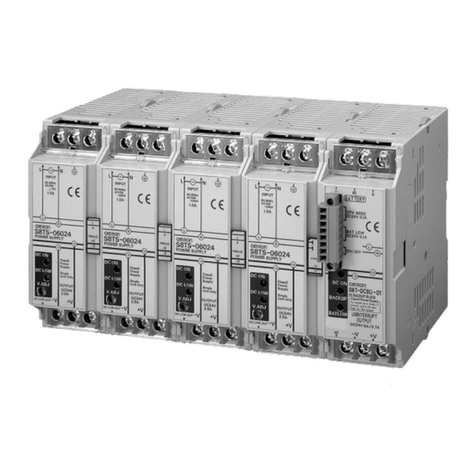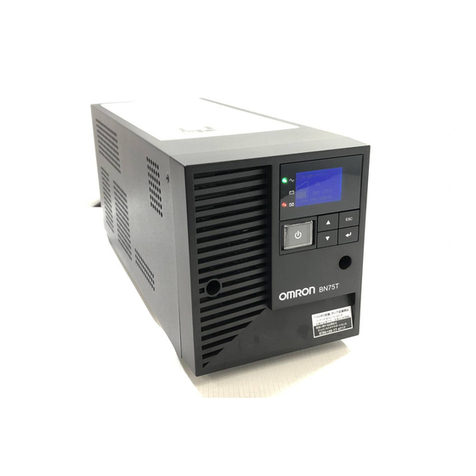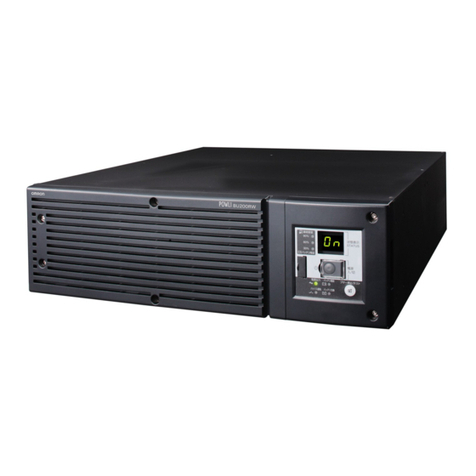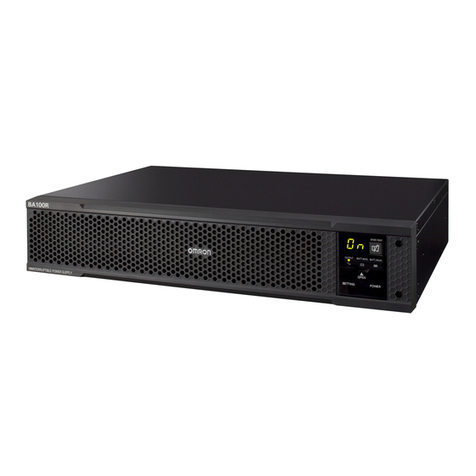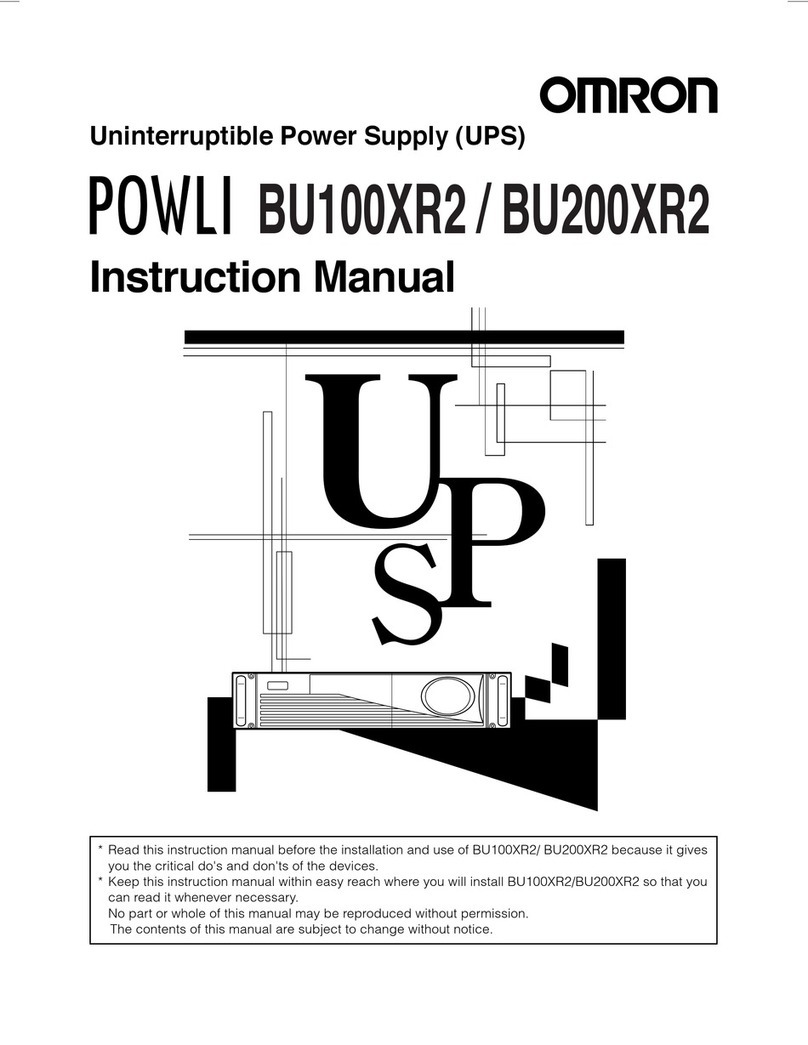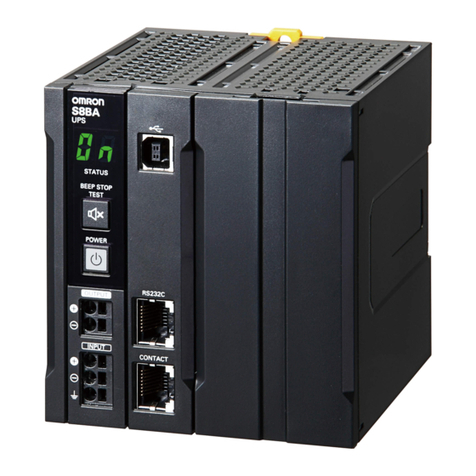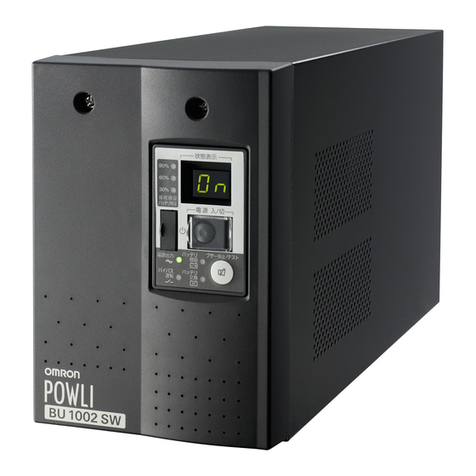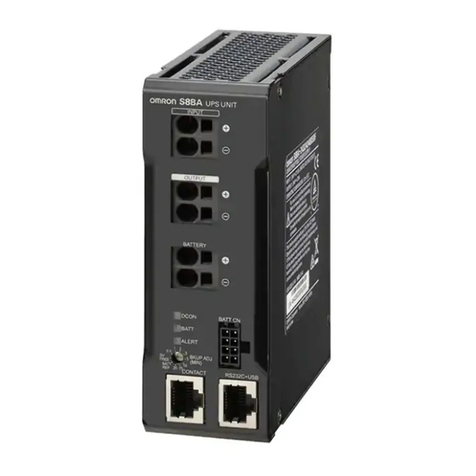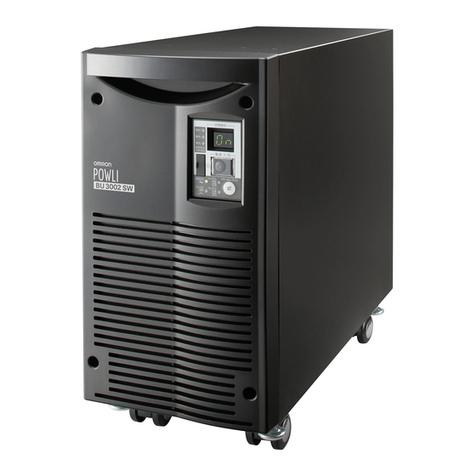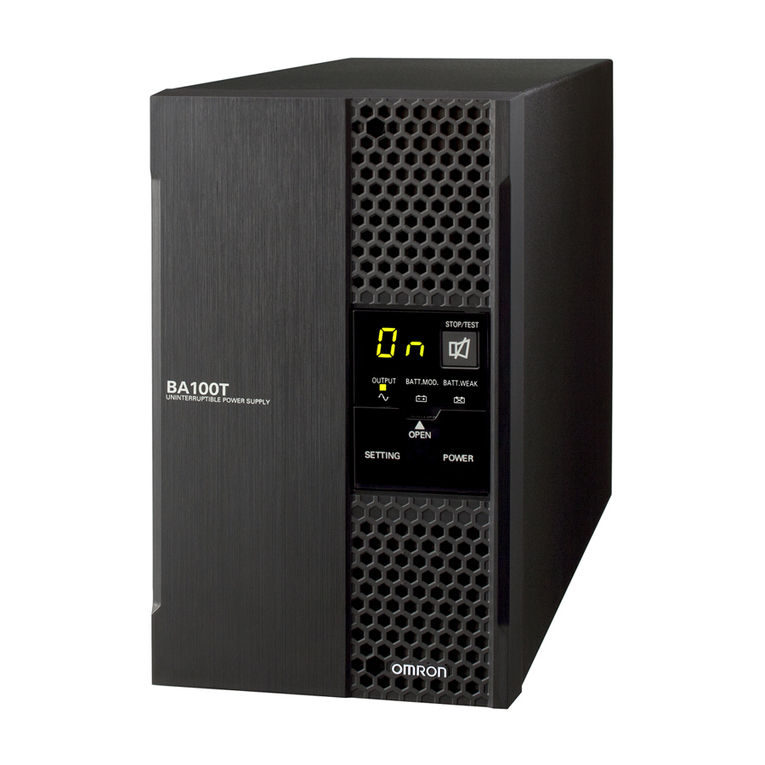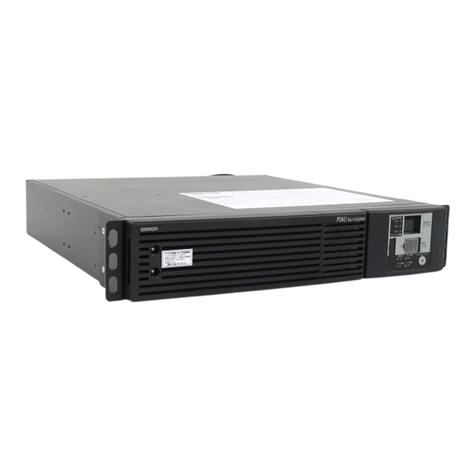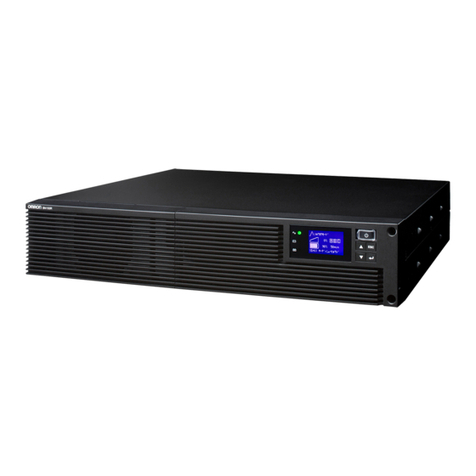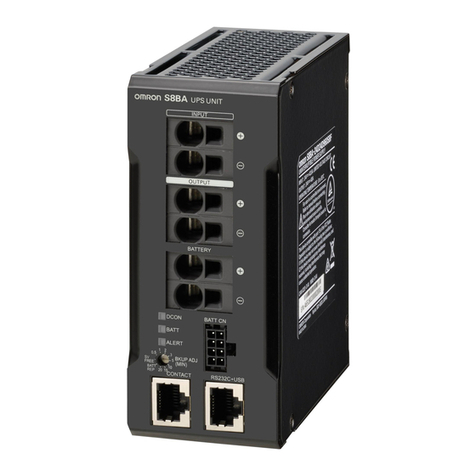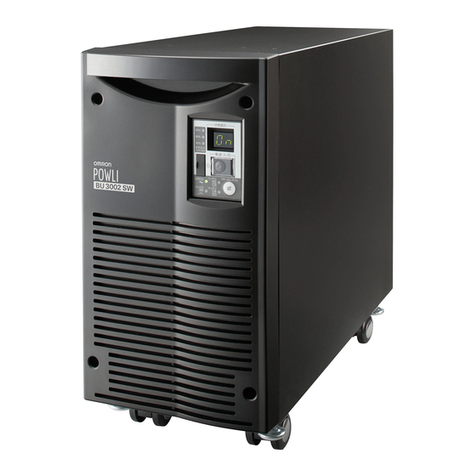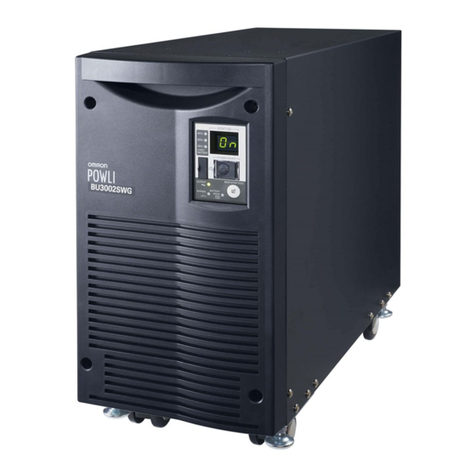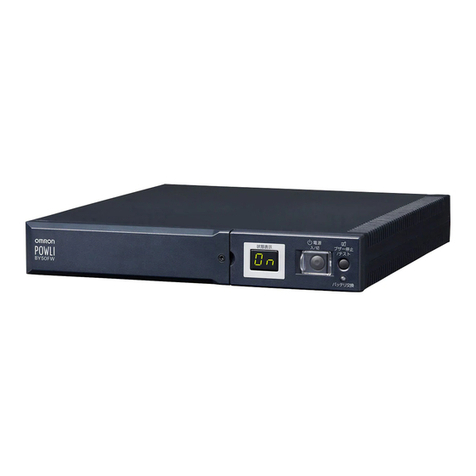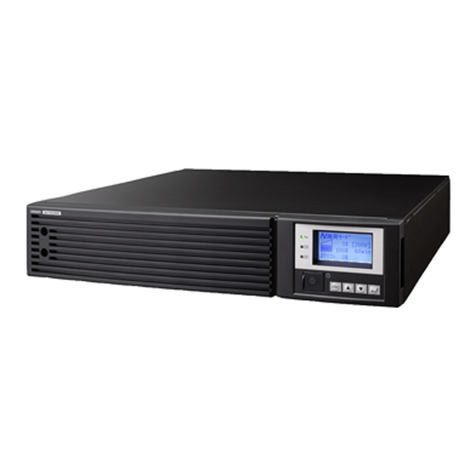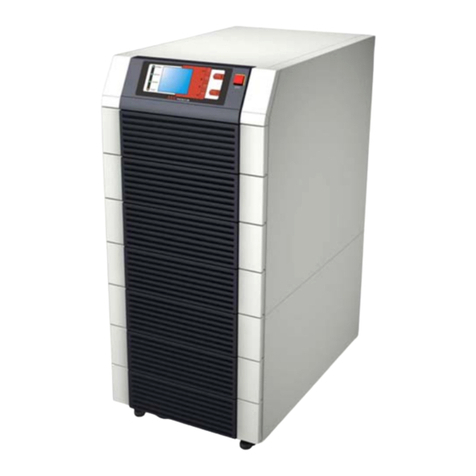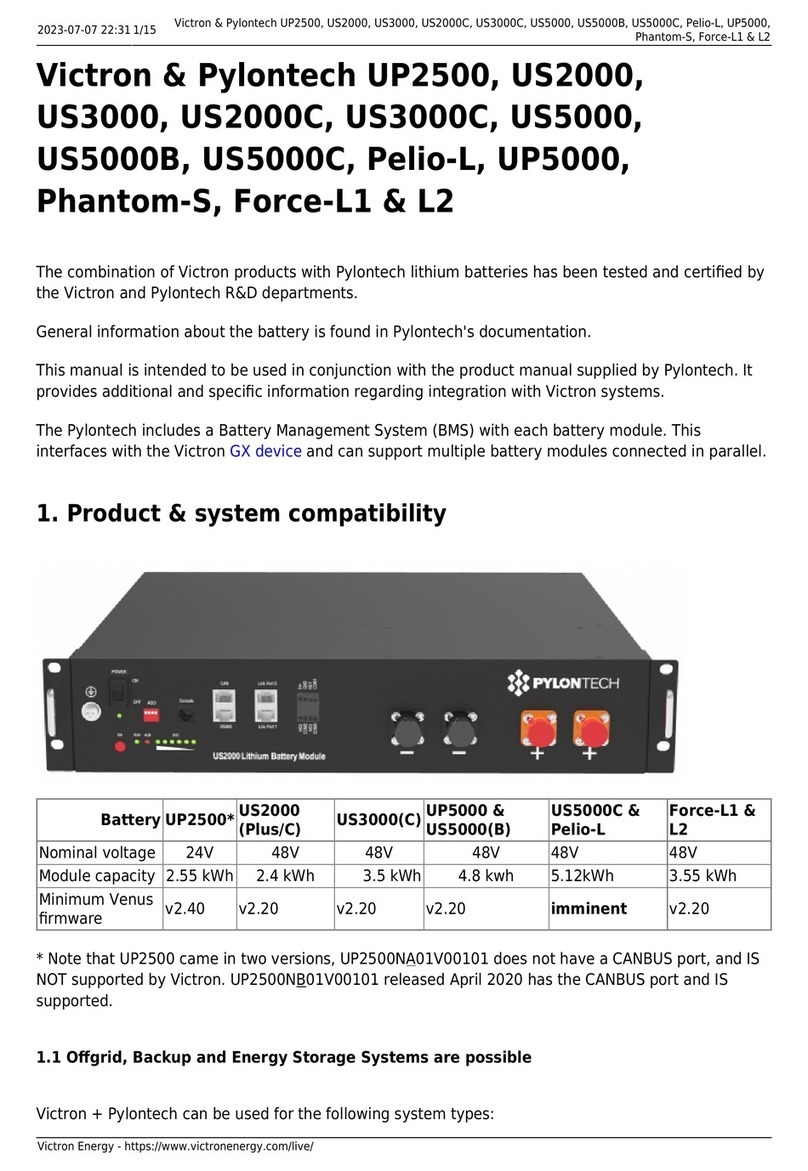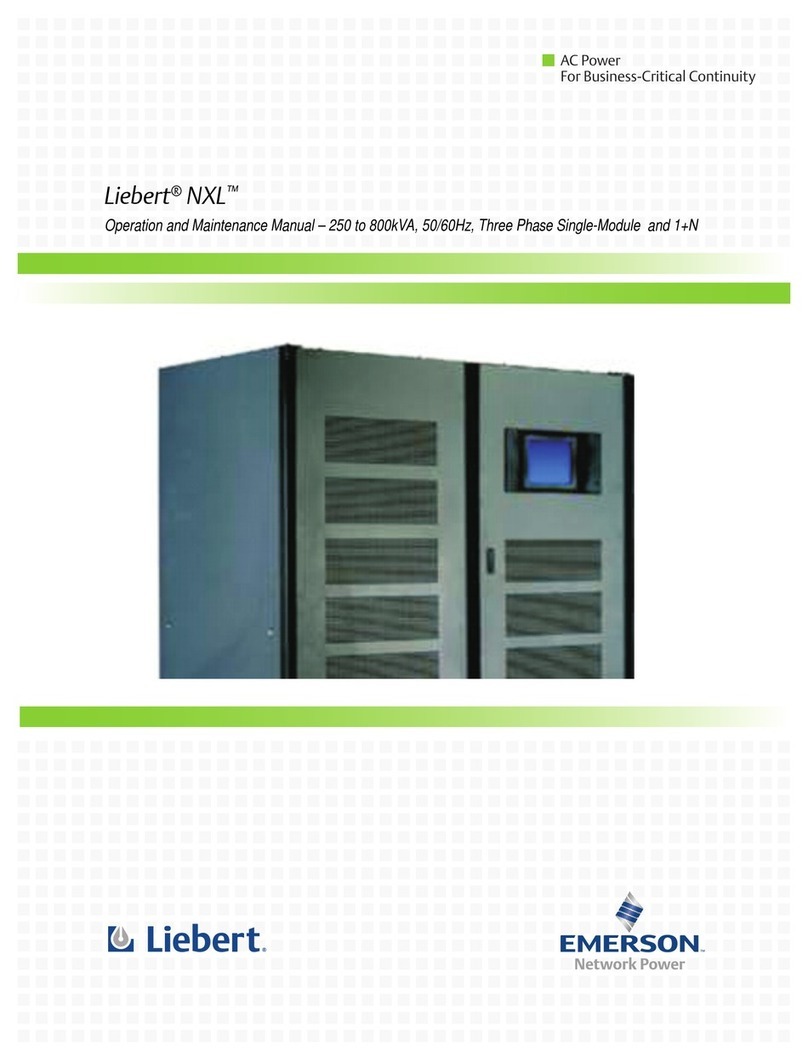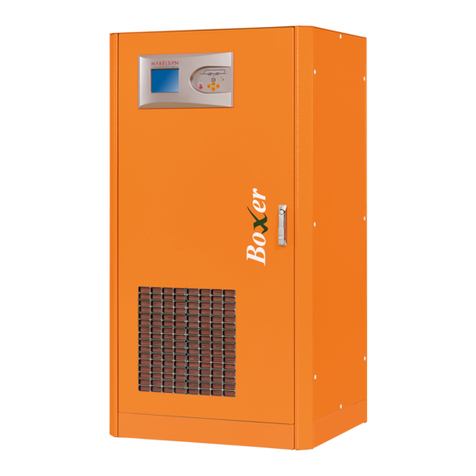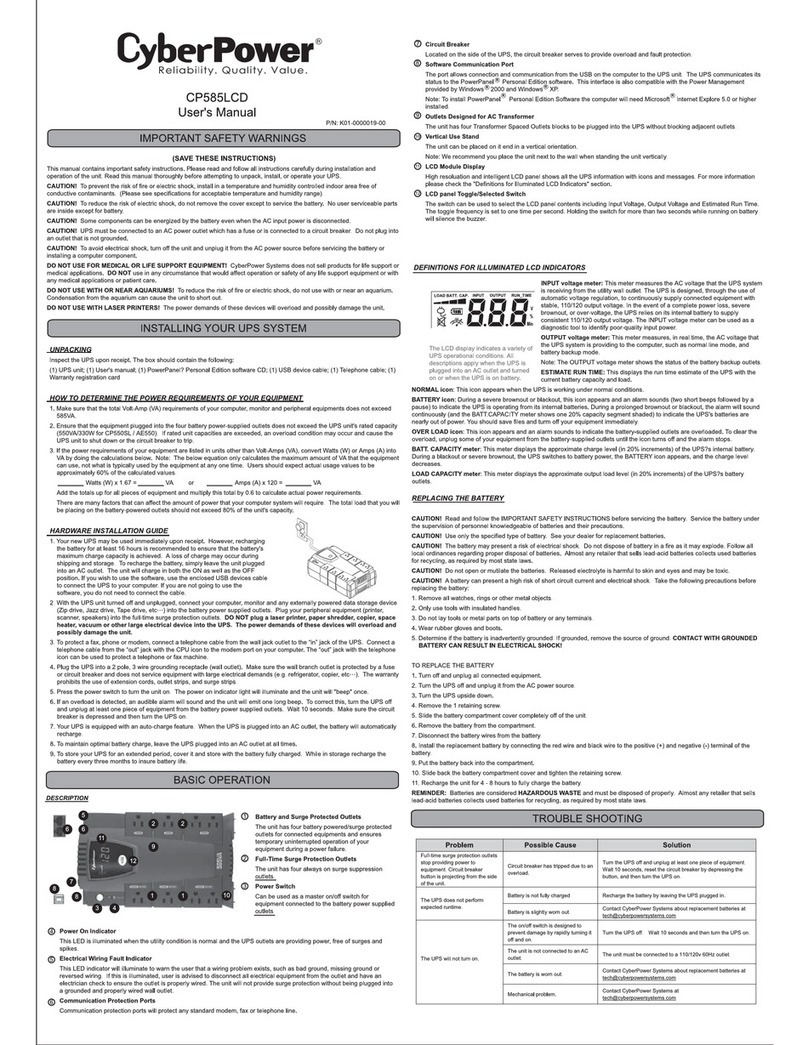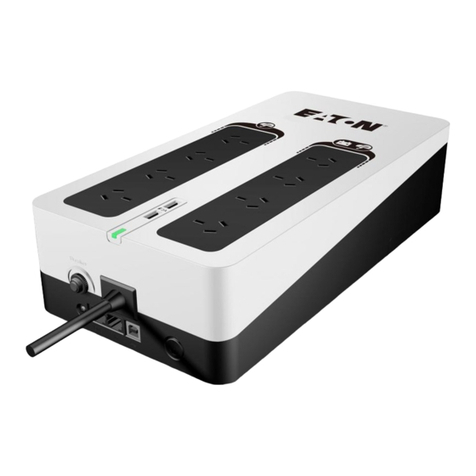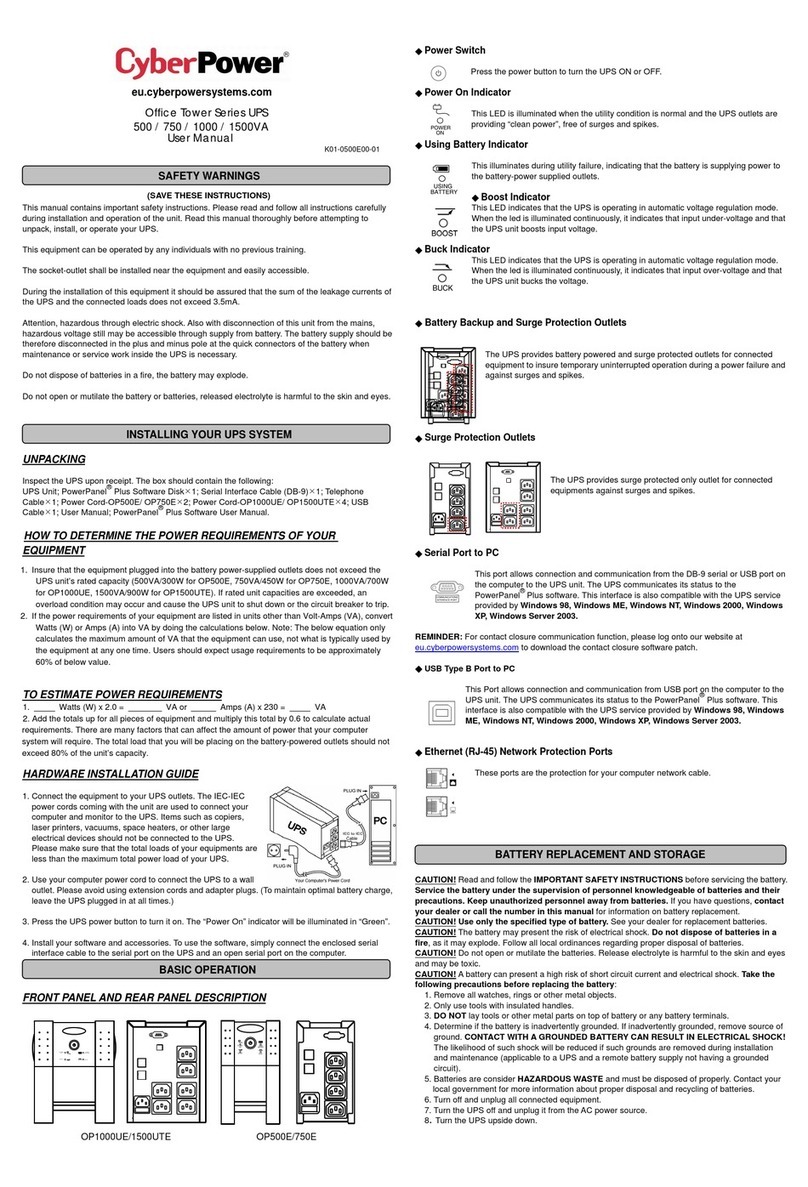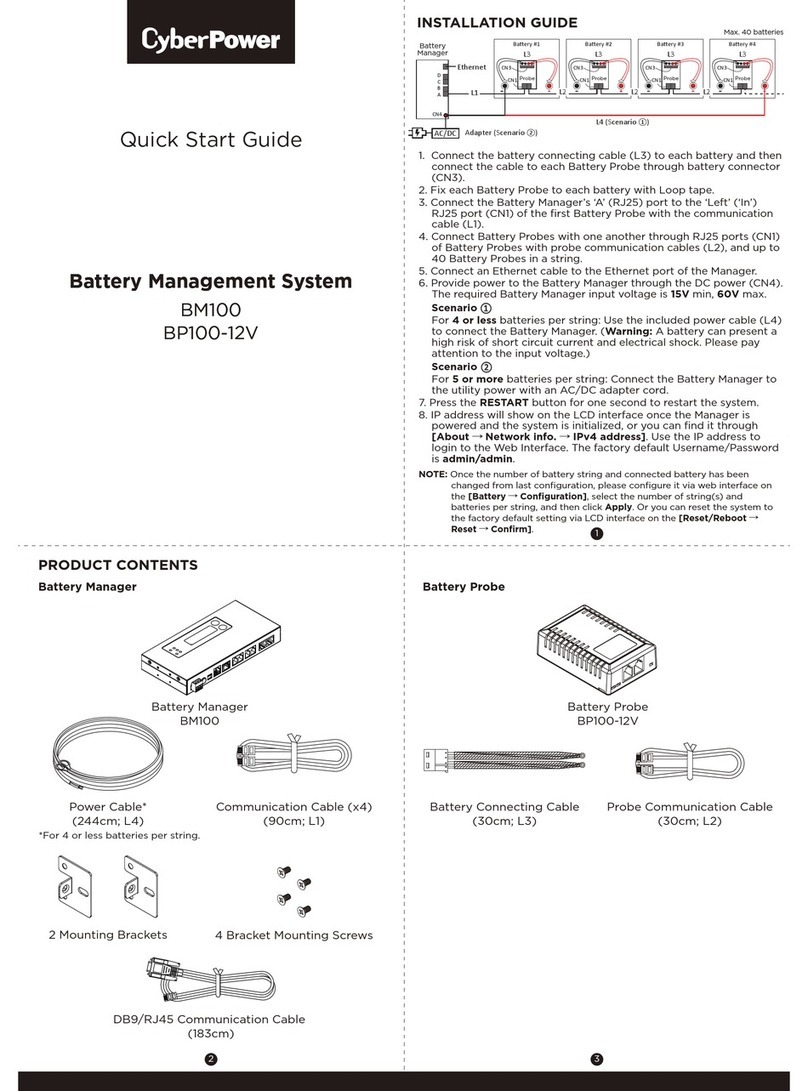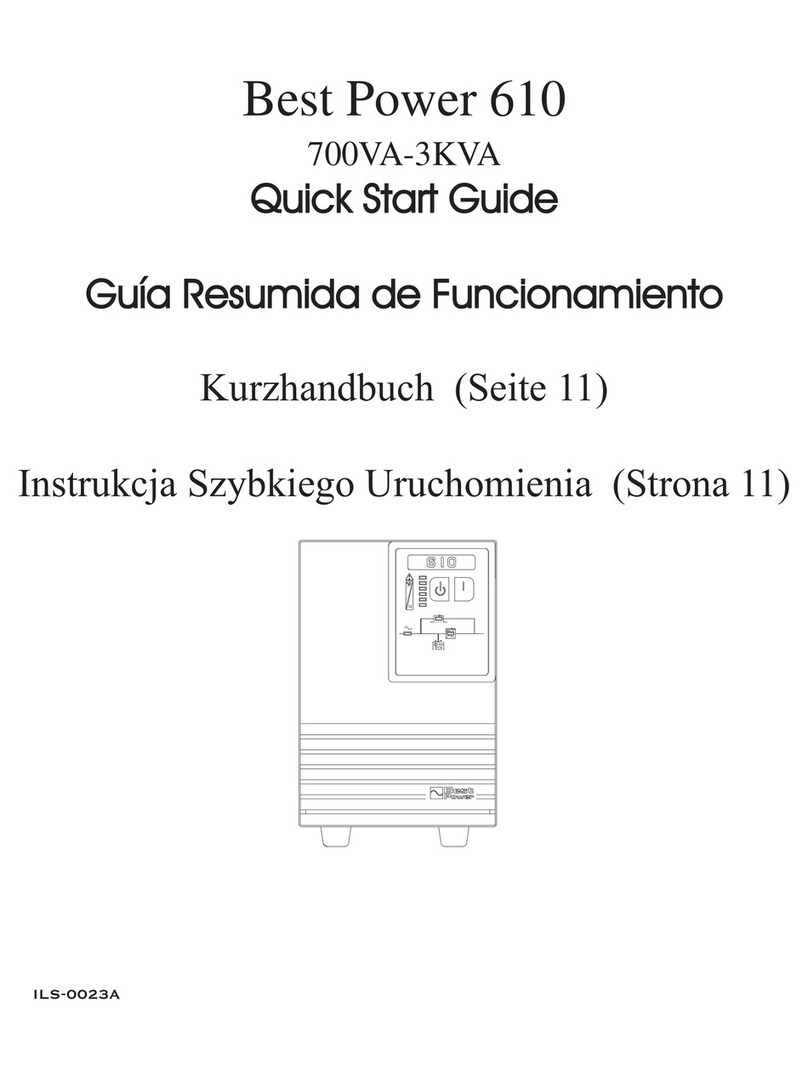Table of Contents
iv
Table of Contents
Introduction
IMPORTANT SAFETY INSTRUCTION ................................................................................................ ii
Safety precautions ............................................................................................................................. v
1. Preparation....................................................................................................................................1
1-1 Unpacking the product ......................................................................................................................... 1
1-2 Checking the contents.......................................................................................................................... 1
1-3 Name of each part ................................................................................................................................ 2
1-4 Explanation of symbols used on unit.................................................................................................... 6
2. Installation and connection ...........................................................................................................7
2-1
Precautions and notes on installation and connection ....................................................................................................... 7
2-2 Installation and connection................................................................................................................. 11
2-3 Connecting the equipment ................................................................................................................. 12
2-4 Checking the operation ...................................................................................................................... 17
2-5 Charging the battery ........................................................................................................................... 19
2-6 Measuring the initial value of backup time ......................................................................................... 19
2-7 Recharging the battery ....................................................................................................................... 19
3. Operation ....................................................................................................................................20
3-1 Precautions and notes for operation .................................................................................................. 20
3-2
Start and stop procedures and basic operation ......................................................................................... 22
3-3
Interpreting beeps and displays.................................................................................................................. 25
4. UPS functions .............................................................................................................................28
4-1 Suspending a beep............................................................................................................................. 28
4-2 Self-diagnosis test .............................................................................................................................. 28
4-3 Description of the auto battery test function ...................................................................................... 29
4-4 Changing the setting of the functions................................................................................................. 29
5. Measuring the backup time.........................................................................................................39
5-1 How to measure backup time............................................................................................................. 39
5-2 Estimated backup time....................................................................................................................... 39
6. Maintenance and Inspection.......................................................................................................41
6-1 Checking the battery .......................................................................................................................... 41
6-2 Replacing the battery.......................................................................................................................... 42
6-3 Cleaning.............................................................................................................................................. 57
7. Using the UPS monitoring software and contact signal .............................................................58
7-1 When using the included UPS monitoring software to perform auto shutdown ................................ 60
7-2 When performing auto-save functions using the UPS service in Windows Server 2003/XP/
2000 + UPS service driver .................................................................................................................. 64
7-3 When performing auto-save functions using the standard UPS service in Windows Server
2003/XP/2000/NT ............................................................................................................................... 66
8. Using a contact signal.................................................................................................................72
8-1 Using a contact signal card ................................................................................................................ 72
9. Using an SNMP/Web card ..........................................................................................................80
9-1 Adding an SNMP/Web card................................................................................................................ 80
9-2 SNMP/Web card outline ..................................................................................................................... 81
10.Troubleshooting...........................................................................................................................82
References .......................................................................................................................................83
A. Specifications......................................................................................................................................... 83
B. Dimensions............................................................................................................................................. 84
C. Circuit block diagram............................................................................................................................. 86
D. Related products....................................................................................................................................86
